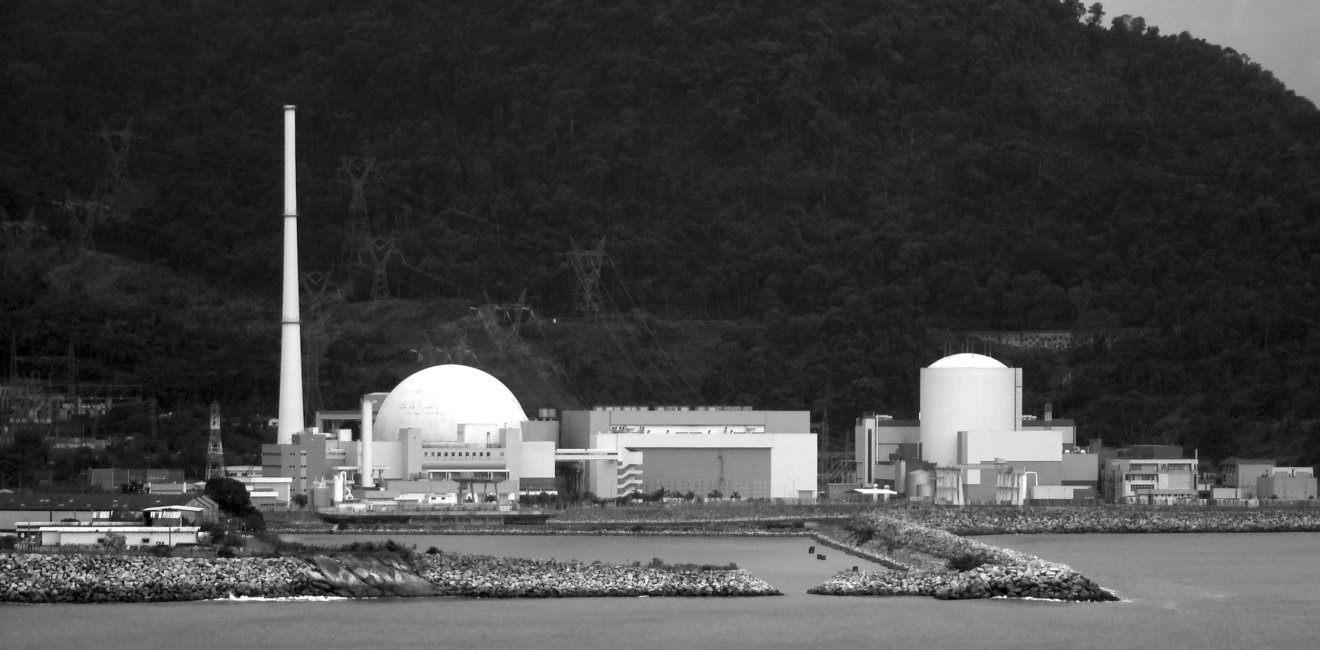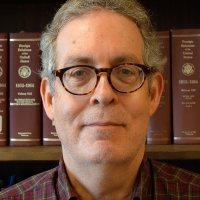Nuclear Intelligence via Three Martinis
How a lunch in Rio de Janeiro confirmed a US diplomat’s hunches about Brazilian nuclear weapons research.

A blog of the History and Public Policy Program
How a lunch in Rio de Janeiro confirmed a US diplomat’s hunches about Brazilian nuclear weapons research.

How a lunch in Rio de Janeiro confirmed a US diplomat’s hunches about Brazilian nuclear weapons research
This post also appears on the National Security Archive blog Unredacted
The history of nuclear proliferation is partly a story of countries searching for latent weapons potential, without ever committing to build a complete device. A recently declassified letter from Miller N. Hudson, US scientific attache in Rio de Janeiro, provides fascinating detail on the degree to which nationalists in the Brazilian nuclear energy bureaucracy pursued elements of a weapons program during the 1960s and later.
Hudson describes a farewell (despedida) lunch in early November 1970 held for a Brazilian diplomat friend, Fernando Augusto Buarque Franco Netto, who was heading to a new posting in West Berlin. During dinner, Hudson and Buarque recalled old foreign policy business over martinis (probably 3 each), wine, and cognac.
Buarque, who had “quite a capacity” to drink, eventually disclosed the contents of secret policy papers, the existence of which Hudson had suspected for some time. According to Hudson, he probably shared those secrets because of “bitterness about not being promoted recently,” which the attache attributed to Buarque’s various run-ins with higher-ups and a “mixed up personal life”—a term used during the military dictatorship period to taint people who did not conform to its standards of personal conduct.
Buarque revealed that Marcelo Damy de Sousa Santos, president of Brazil’s Nuclear Energy Commission (CNEN) during the early 1960s, instructed Brazilian diplomats at the International Atomic Energy Agency to avoid any action, votes, or speeches on safeguards or related issues that would “preclude or adversely affect Brazil's right to pursue a nuclear device program.” The instructions included language that Brazil was “actively engaged in the necessary preparations and preliminary research which will permit [it] to embark on a nuclear device program in the near future should that be desirable.”
When Hudson worked for the U.S. Atomic Energy Commission, he did not suspect that Brazil had such intentions, although a previous science attache had picked up intelligence on “non-peaceful” intentions at another “quiet lunch.” When Hudson began work at the Embassy in 1967, he was soon on the nuclear trail. He “came to suspect Damy of attempting to emulate the path which we suspected India and Israel were embarked upon.” In his letter, Hudson cited an earlier airgram he drafted in 1968 and noted that Buarque “essentially confirmed virtually all of the points made in that analysis.”
Hudson’s 1968 airgram concluded that, in spite of the lack of “visible evidence” that Brazil sought a nuclear device, “Brazil does have a significant base in the science and to a lesser degree the technology necessary to mount such a program should a political decision to do so ever be made.” Moreover, “persuasive evidence” indicated that before the 1964 coup, the CNEN “was deliberately pursuing a development policy which would have resulted in a ‘safeguards-free’ device capability had the effort been adequately staffed and supported.”
Damy was at the center of the CNEN’s effort to develop a nuclear device. Holding “strong nationalistic views,” he “aspired to be a Brazilian Bhabha,” a reference to the Indian nuclear physicist Homi J. Bhabha. According to Hudson’s airgram, in private Damy “admits quite frankly to having designed and pursued a development policy which had it been adequately staffed and supported would almost certainly have provided Brazil with a rudimentary device capability.” Among the programs Damy divulged were the secret effort to develop uranium enrichment technology using West German gas centrifuges purchased in the late 1950s, which he described in a separate telegram
According to Hudson’s assessment, the Castelo Branco military regime made major changes at CNEN that halted “systematic progress toward creating a scientific and technological base from which a device program could be launched” when it seized power in 1964. All the same, Damy “made a determined effort to staff” both the CNEN and the Institute for Atomic Energy (IAE) “with people who were both qualified and shared his nationalistic point of view and determination.” Those changes remained in place after 1964, to the point where one source told the Embassy about a “a hot bed of silly nationalists [at the IAE] who want a prestige bomb although they would never admit it publicly."
Hudson’s account provides much detail about developments during 1964 and after. The airgram notes that Damy’s program met the opposition of the “more rational ‘Castelistas.’” As Hudson put it, “Fortunately for all of us, it was the latter who won out as far as operational activities in Brazil are concerned, and according to [Buarque] that remains the official ... policy to this day.” With nuclear aspirations “clearly latent” in the bureaucracy, Hudson believed that it was important “to keep an eye on any developments which … would again encourage ‘adventures’ like Damy envisioned.” With the “Castelistas” staying in power, they excluded the nuclear option.
During the luncheon, Buarque also explained the circumstances shaping Brazil’s decision against signing the Nuclear Nonproliferation Treaty (NPT). As the NPT negotiations progressed during mid-1967, US Atomic Energy Commission chairman Glenn Seaborg visited Brazil and other countries in South America. Brazilian “hard liners” interpreted the trip as an “attempt to pressure Brazil into signing the NPT by offering ‘goodies’ and implicitly threatening to withhold cooperation if Brazil did not sign.” That interpretation became prevalent and, as a “matter of national pride,” the junta decided not to sign the treaty. This gave then foreign minister MagalhĂŁes Pinto “a domestic political advantage” while Brazil preserved the “option” to continue a nuclear device program.
Miller Hudson’s letter and airgram illustrate the degree to which nuclear energy officials at various levels pursued a weapons capability during the 1960s. Yet they do not answer the “why” question—what motivated figures like Damy?
While prestige alone might have motivated some scientists, Brazilian policymakers would have needed a stronger reason to accept the diplomatic, political, and economic costs of weaponization. Hudson’s reporting provides important perspective on Brazil’s nuclear activities, but more primary sources are needed to complete the picture. Ongoing research by Nuclear Proliferation International History Project partners Carlo Patti and Matias Spektor promises to put Brazil’s nuclear weapons research in fuller context.
Browse our archival holdings on Brazilian Nuclear History at the Wilson Center Digital Archive


A leader in making key foreign policy records accessible and fostering informed scholarship, analysis, and discussion on international affairs, past and present. Read more


The Nuclear Proliferation International History Project is a global network of individuals and institutions engaged in the study of international nuclear history through archival documents, oral history interviews, and other empirical sources. Read more


The Cold War International History Project supports the full and prompt release of historical materials by governments on all sides of the Cold War. Read more



